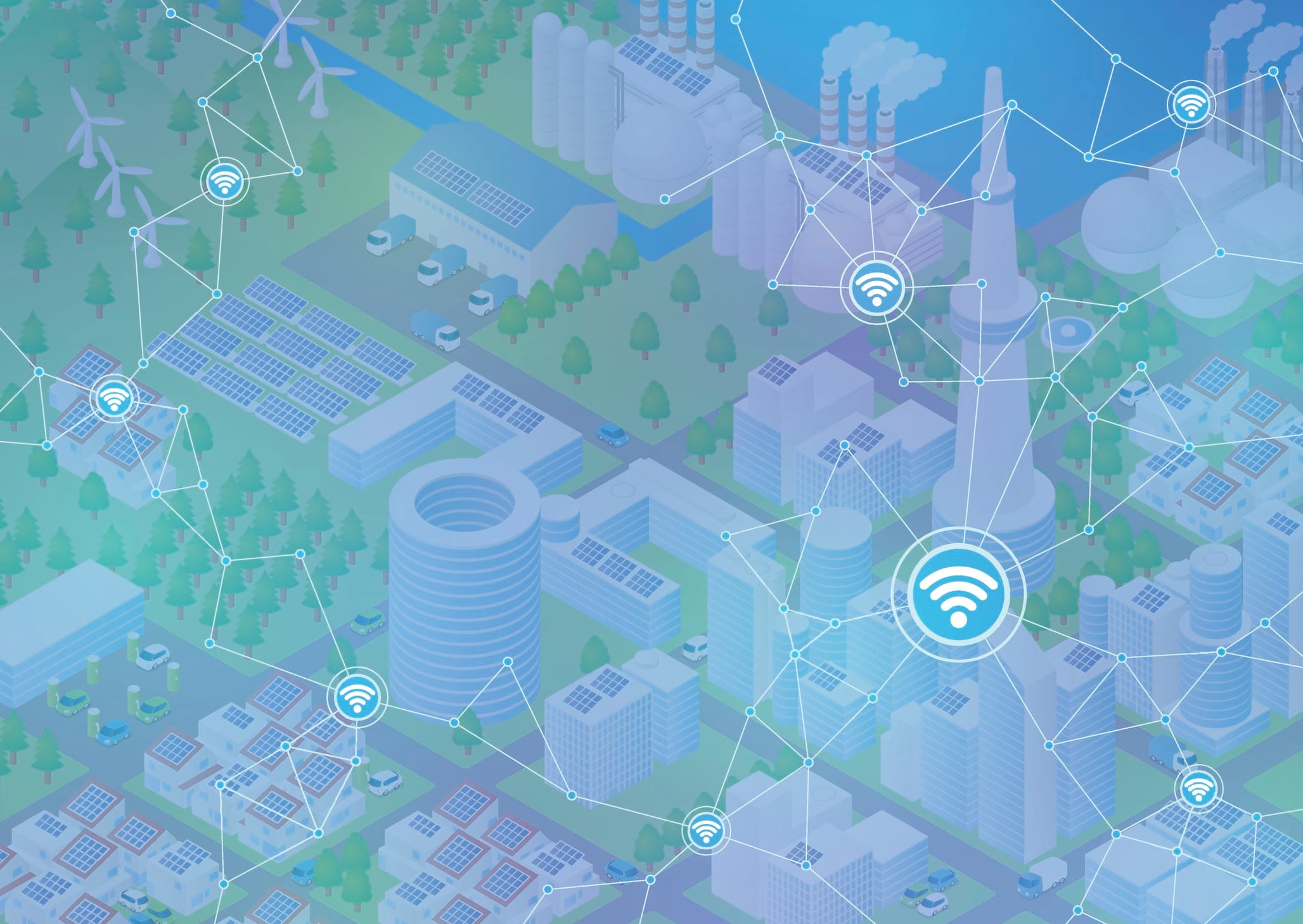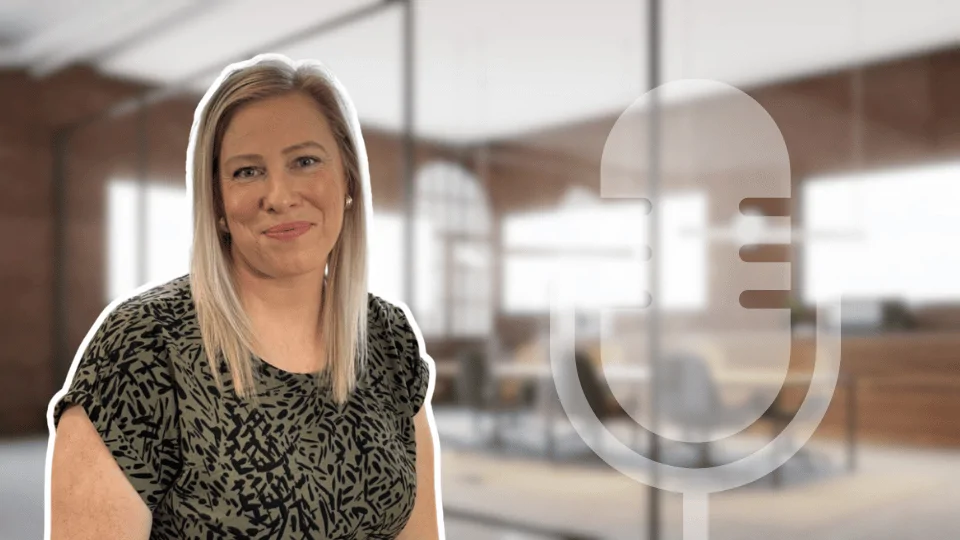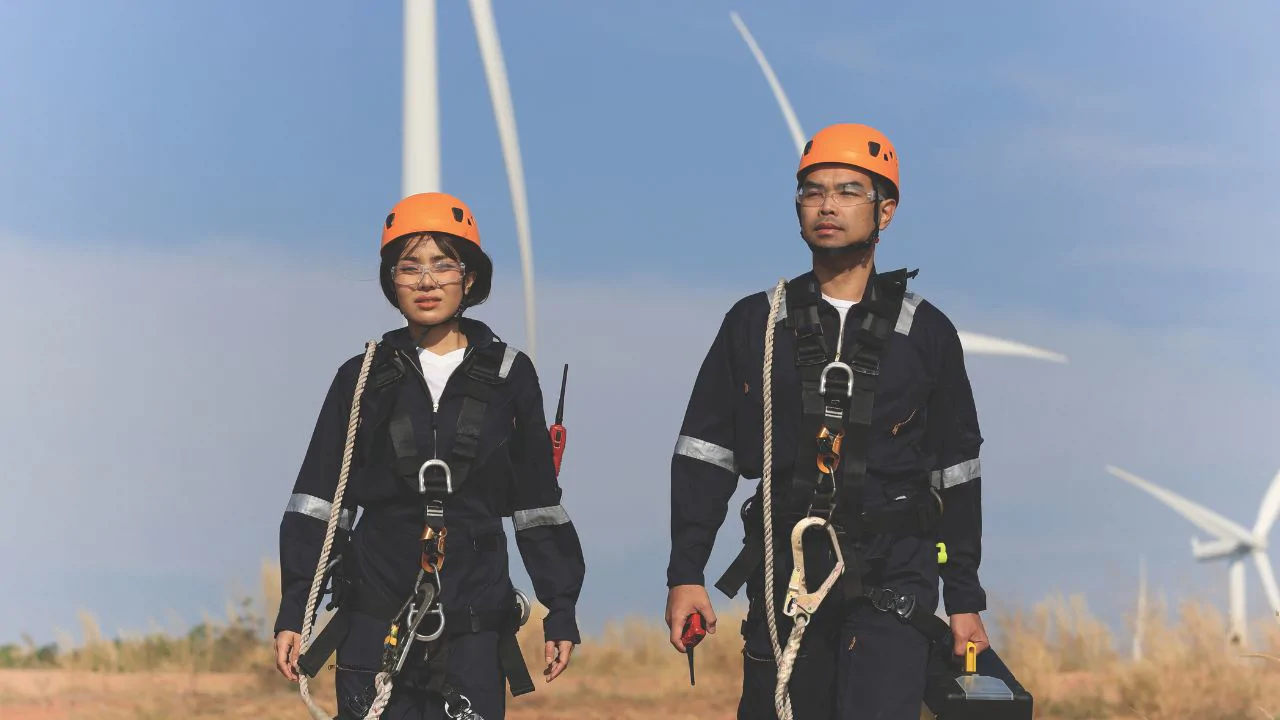What Is The Internet Of Energy?
26 May, 20192:40What is the Internet of Energy?You might have heard the term Internet of Energy, especially ...

What is the Internet of Energy?
You might have heard the term Internet of Energy, especially if you’re working within the power sector, but what exactly is it and what problems does it solve?
The Internet of Energy (IoE for short) is the implementation of Internet of Things (IoT) technology into distributed energy systems to optimise the efficiency of energy infrastructure and reduce wastage. This means that it’s having a huge impact on the Power sector.
How does IoT work?
IoT is achieved by creating a network of sensors that have various applications, such as power monitoring and demand-side energy management. Consumer appliances with IoT functionality would be able to help balance energy demand. For example, a washing machine could be connected to the internet and only power on when there’s sufficient energy from solar power in the grid. For consumers, using energy at off-peak times could save a lot of money.
What energy problems does it solve?
The American Council for an energy-efficient economy release their international energy efficiency scorecard every 2 years, which ranks the world’s most significant energy users based on their efficiency. As demand for energy continues to grow, all countries will need to make an effort to maximise their energy efficiency to put a halt to the significant energy losses that we’re currently experiencing.
The wastage problem is particularly evident within the renewable energy industry. For example, in 2016 China wasted enough energy to power the entire city of Beijing for a whole year.
The IoE helps countries manage their energy demand, enabling power stations to produce more electricity at peak times, and less when consumption requirements are low. Wide spread adoption of this technology could prevent countries experiencing power blackouts in the future. UK based utility company National Grid said that between 30% - 50% of fluctuations in the grid could be solved by both households and businesses adjusting their demand at peak time.
IoE examples – the energy providers using this technology
Various companies have started implementing IoT technology into the way they either produce, transmit, or consume energy.
General Electric are combining big data, machine learning and IoT technology to build an Internet of Energy. Sensors are being used to collect data, which is then sent to special software to be analysed. This allows real-time monitoring of their equipment and has brought various benefits including a 5% reduction in downtime and a 25% reduction in maintenance and operations costs.
Marriott Hotels attached a switching unit to the air-con chillers on the roof. When demand is about to peak, the system sends Marriott a message asking if it’s willing to suffer a power drop. If the hotel agrees the chillers are switched off remotely. The cost savings if the system was implemented across the whole hotel chain would be £700,000 a year, and the customers don’t even notice the slight rise in temperature due to the switch-off.
Is the IoE just a buzzword?
The terminology 'IoE' may be on-trend at the moment, but this is a growing market. The World Energy Council describes advances in energy software along with solar power as the biggest changes in 21st century energy and the market for digital services in the renewable energy sector alone will be worth c. $89bn by 2030.
IoT technology looks set to continue to develop an era of IoE, which will help improve efficiencies and help the growth of renewable energy, both of which are important priorities for a lot of countries across the world.
Although many might argue that simply building more power stations would be more beneficial in areas where demand management is a problem, it’s clear to see that the way power is managed and consumed is in need of modernising. Consumers especially are increasingly getting used to ‘Internet of Things’ technology in other aspects of their daily lives such as smart homes with smart thermostats, smart appliances and connected heating, lighting and electronic devices.
NES have worked in the Power sector for over 20 years and are excited to see such exponential technological change in the field. We work with utility providers across the planet, offering engineers jobs in traditional power generation and exciting opportunities in renewable energy.
If you’re looking for a staffing partner for your next Power endeavour, get in touch with our experienced recruitment consultants.









